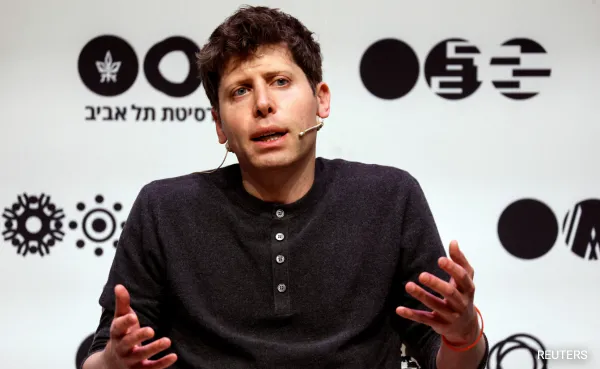Google Launches an AI Model That Communicates with Dolphins
With approximately 400 million parameters, it’s small enough to run on a Google Pixel smartphone

In celebration of National Dolphin Day, Google has teamed up with Georgia Tech and the Wild Dolphin Project (WDP) to unveil DolphinGemma — a groundbreaking AI model designed to analyze and generate dolphin vocalisations.
This marks a significant step toward the long-standing goal of understanding and possibly communicating with dolphins. Trained on decades of underwater audio and video data from WDP’s long-term study of Atlantic spotted dolphins (Stenella frontalis) in the Bahamas, DolphinGemma can detect vocal patterns and generate lifelike dolphin sounds.
“By identifying recurring sound patterns, clusters, and reliable sequences, the model can help researchers uncover hidden structures and potential meanings,” Google explained.
Built on Google’s lightweight Gemma models and leveraging SoundStream for audio representation, DolphinGemma operates as an audio-in, audio-out system.
With approximately 400 million parameters, it’s small enough to run on a Google Pixel smartphone, enabling field researchers to analyze dolphin sounds in real time — similar to how language models predict the next word in a sentence.
“Understanding any species requires deep context,” said the WDP team. Since 1985, their research has documented individual dolphins’ life histories and linked specific vocalizations to behaviors — from signature whistles used by mothers and calves, to burst-pulse squawks and buzzes tied to aggression and courtship.
In parallel efforts, WDP and Georgia Tech have developed CHAT (Cetacean Hearing Augmentation Telemetry) — a system that assigns synthetic whistles to objects like scarves or sargassum. When dolphins mimic these sounds, CHAT identifies them and alerts researchers via bone-conduction headphones, enabling real-time, interactive communication.
“A Google Pixel 6 handled the high-fidelity analysis of dolphin sounds in real time,” researchers noted. An upcoming version using the Pixel 9 will embed deep learning and template matching directly into the device, further reducing reliance on external hardware.
DolphinGemma is set to be released as an open model this summer. While initially trained on Atlantic spotted dolphins, it could be adapted for other cetacean species through fine-tuning for different vocal styles.
“We’re not just listening anymore,” said Google. “We’re beginning to understand the patterns within the sounds.” The long-term goal: bridging the communication gap between humans and dolphins using data-driven insights and shared interaction systems.



